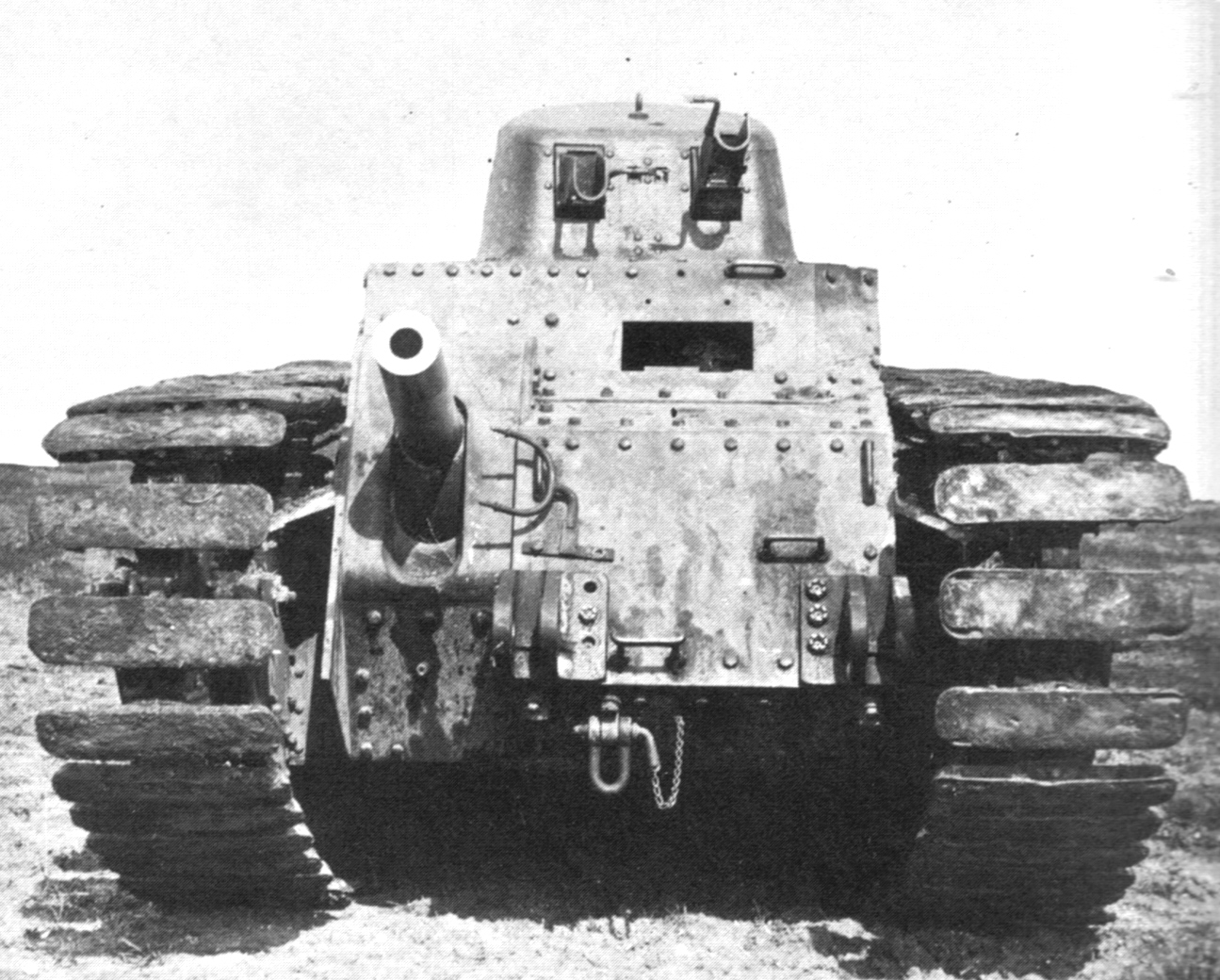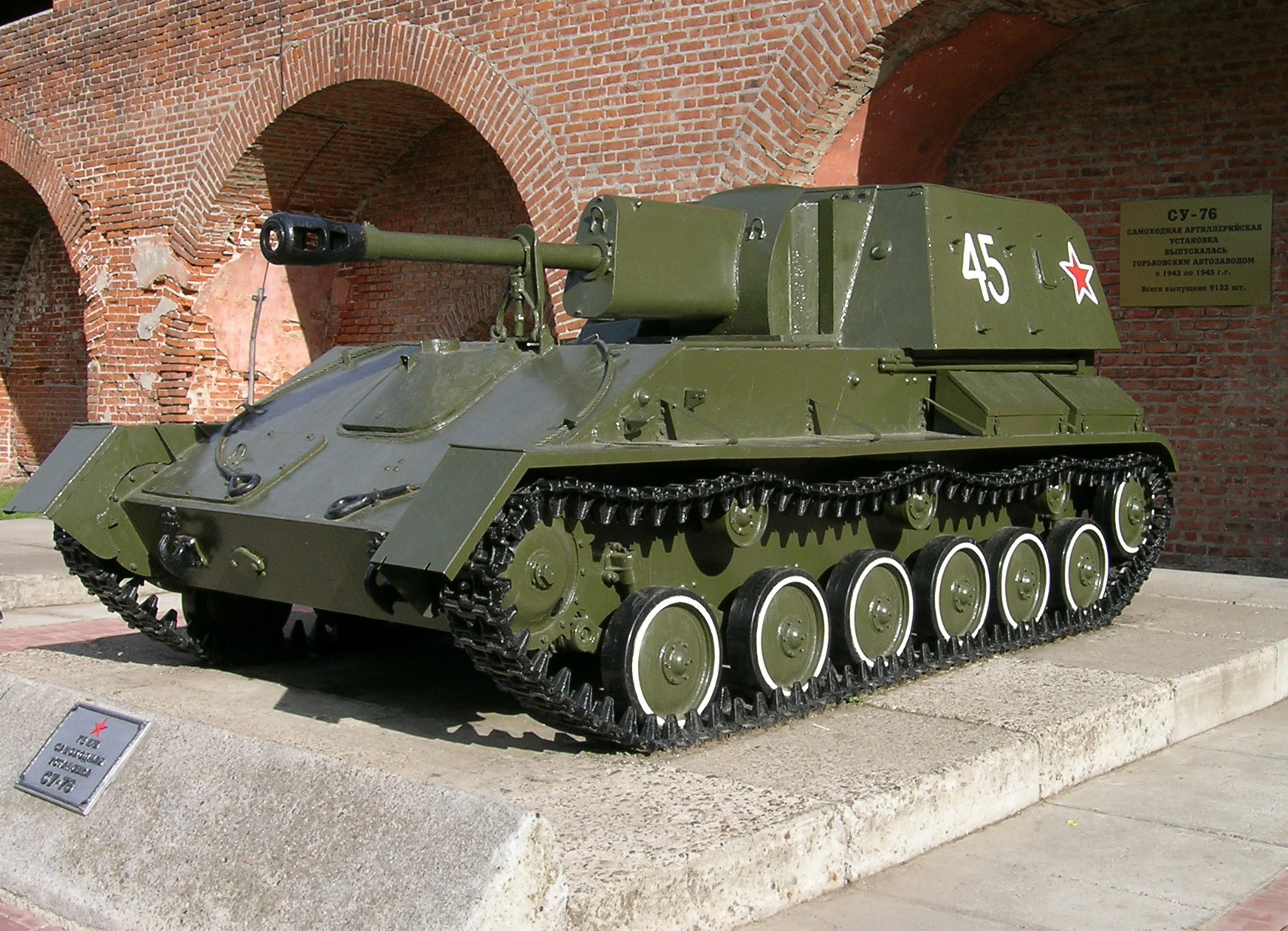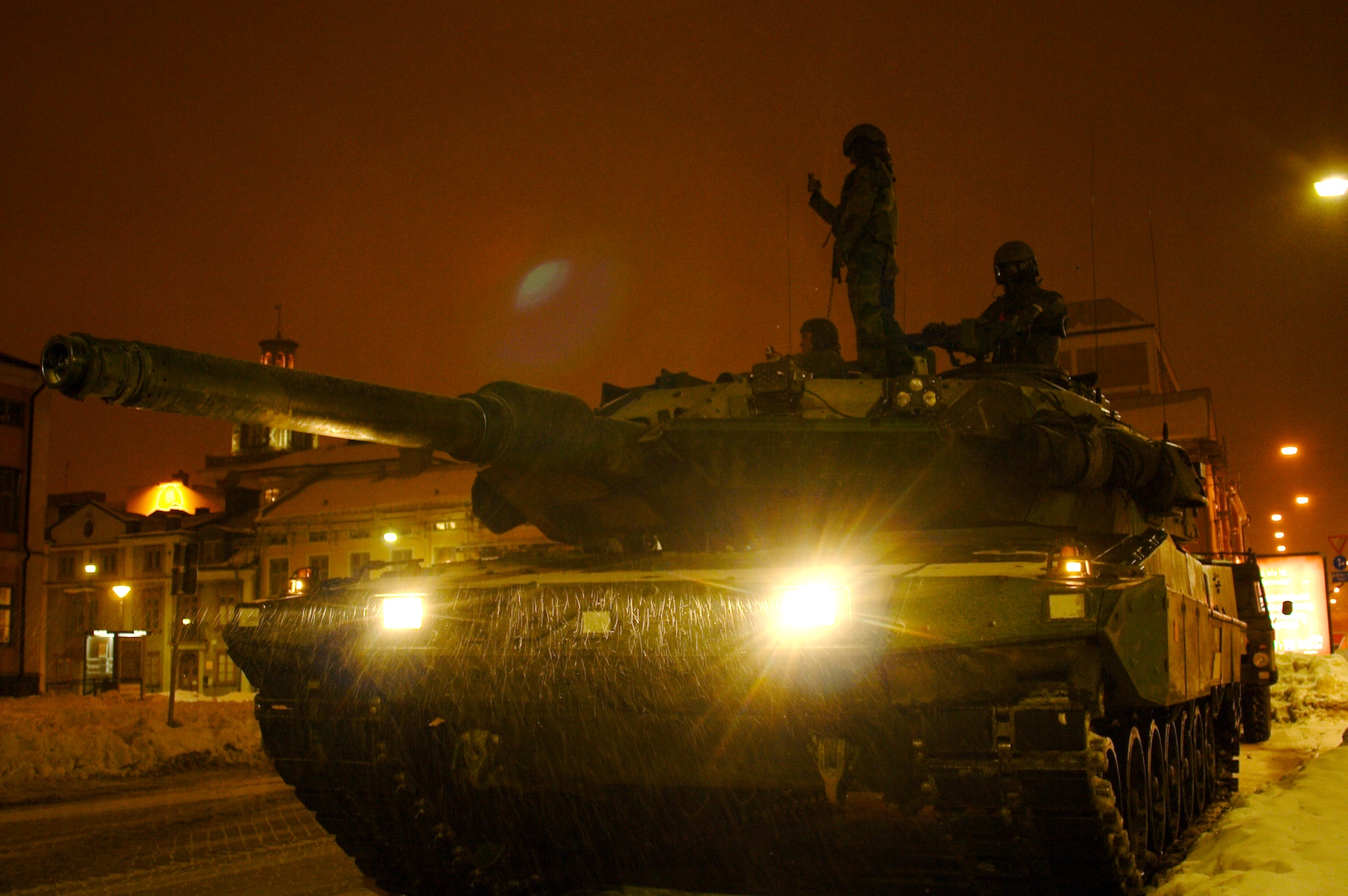|
S-tank
The Stridsvagn 103 (Strv 103), also known as the Alternative S and S-tank, is a Swedish post-World War II main battle tank, designed and manufactured in Sweden. "Strv" is the Swedish military abbreviation of ''stridsvagn'', Swedish for chariot and tank (literally ''combat carriage''), while the ''103'' comes from being the third tank in Swedish service to be equipped with a 10 cm gun. Developed in the 1950s, it was the first main battle tank to use a gas turbine engine and the only mass-produced tank since World War II to dispense with a turret besides the German Kanonenjagdpanzer. It has an unconventional design with a unique gun laying process: it is turretless with a fixed gun traversed by engaging the tracks (like the 75 mm gun on the 1930s French Char B1) and elevated by adjusting the hull suspension. The result was a very low-profile design with an emphasis on survivability and heightened crew protection level. Strv 103s formed a major portion of the Swedish armoured ... [...More Info...] [...Related Items...] OR: [Wikipedia] [Google] [Baidu] |
Lyran Flare Mortar
The Lyran illuminating mortar is a 71mm mortar designed by Bofors Weapon Systems primarily for armoured vehicles to fire flares to illuminate battlefields and targets. It can also be used as an infantry weapon and in marine applications. Background In October 1964 the Swedish Arms manufacturer Bofors AB (now part of BAE Systems) filed an application with the United States Patent Office for a modular lightweight mortar whereby the major components were interchangeable between man-portable use and for attachment to armoured fighting vehicles (AFVs). In April 1966 Bofors filed a further patent application for a lightweight illumination mortar shell. While the concept of providing battlefield illumination using flares fired from mortars was not new, Bofors' designs for a lightweight modular system - especially one that was limited to only fire illumination rounds - was, and led to the production of the Lyran 71mm Illuminating Mortar. The system was subsequently installed on a ... [...More Info...] [...Related Items...] OR: [Wikipedia] [Google] [Baidu] |
Emil (tank)
Emil, also known as the Kranvagn, KRV or Emil Olsson was a heavy tank developed secretly in Sweden during the early 1950s; ''Kranvagn'', meaning mobile crane was a cover-name. The intention was to replace the Swedish Army's disparate tank fleet with a tank that could counter the Soviet IS series heavy tanks and be upgraded continuously. The initial design, in 1950, proposed mounting a 10.5 cm autoloader in an oscillating turret. Due to its size, weight and power to weight it was considered by many to be more of a medium tank than a heavy tank. The project was discontinued during development and only two chassis were built. They were later rebuilt and served as testing platforms for the '' Artillerikanonvagn 151'' and '' Stridsvagn 103'' projects. Project At the end of World War II, it was clear that the mix of tanks in service in the Swedish Armed Forces was not just obsolete but also presented a large logistical problem. Kungliga Arméförvaltningens Tygavdelning (KAF ... [...More Info...] [...Related Items...] OR: [Wikipedia] [Google] [Baidu] |
Tank
A tank is an armoured fighting vehicle intended as a primary offensive weapon in front-line ground combat. Tank designs are a balance of heavy firepower, strong armour, and good battlefield mobility provided by tracks and a powerful engine; usually their main armament is mounted in a turret. They are a mainstay of modern 20th and 21st century ground forces and a key part of combined arms combat. Modern tanks are versatile mobile land weapons platforms whose main armament is a large-caliber tank gun mounted in a rotating gun turret, supplemented by machine guns or other ranged weapons such as anti-tank guided missiles or rocket launchers. They have heavy vehicle armour which provides protection for the crew, the vehicle's munition storage, fuel tank and propulsion systems. The use of tracks rather than wheels provides improved operational mobility which allows the tank to overcome rugged terrain and adverse conditions such as mud and ice/snow better than wheeled vehicles, ... [...More Info...] [...Related Items...] OR: [Wikipedia] [Google] [Baidu] |
Char B1
The Char B1 was a French heavy tank manufactured before World War II. The Char B1 was a specialised break-through vehicle, originally conceived as a self-propelled gun with a 75 mm howitzer in the hull; later a 47 mm gun in a turret was added, to allow it to function also as a , a "battle tank" fighting enemy armour, equipping the armoured divisions of the Infantry Arm. Starting in the early twenties, its development and production were repeatedly delayed, resulting in a vehicle that was both technologically complex and expensive, and already obsolescent when real mass-production of a derived version, the Char B1 "bis", started in the late 1930s. A further up-armoured version, the Char B1 "ter", was only built in two prototypes. Among the most powerfully armed and armoured tanks of its day, the type was very effective in direct confrontations with German armour in 1940 during the Battle of France, but low speed and high fuel consumption made it ill-adapted to the ... [...More Info...] [...Related Items...] OR: [Wikipedia] [Google] [Baidu] |
Volvo
The Volvo Group ( sv, Volvokoncernen; legally Aktiebolaget Volvo, shortened to AB Volvo, stylized as VOLVO) is a Swedish multinational manufacturing corporation headquartered in Gothenburg. While its core activity is the production, distribution and sale of trucks, buses and construction equipment, Volvo also supplies marine and industrial drive systems and financial services. In 2016, it was the world's second-largest manufacturer of heavy-duty trucks. Automobile manufacturer Volvo Cars, also based in Gothenburg, was part of AB Volvo until 1999, when it was sold to the Ford Motor Company. Since 2010 Volvo Cars has been owned by the automotive company Geely Holding Group. Both AB Volvo and Volvo Cars share the Volvo logo and cooperate in running the Volvo Museum in Sweden. The corporation was first listed on the Stockholm Stock Exchange in 1935, and was on the NASDAQ indices from 1985 to 2007. Volvo was established in 1915 as a subsidiary of SKF, a ball bearing manufacturer; ... [...More Info...] [...Related Items...] OR: [Wikipedia] [Google] [Baidu] |
AB Landsverk
Landsverk (AB Landsverk) was a Swedish heavy industry company, manufacturing military equipment such as tanks, tank destroyers, SPAAGs, armored cars, tracked and wheeled off-road vehicles among others and civilian equipment such as railroad cars, harbour cranes and agricultural machinery. It was founded in 1872 as ''Firman Petterson & Ohlsen''. It was located in Landskrona, Sweden. Early days In late 1920 the company found itself on the verge of bankruptcy. Through a German company, the German ''Gutehoffnungshütte Aktienverein für Bergbau und Hüttenbereich Oberhausen'' (GHH), invested heavily and gained control of 50% of the shares. In 1923 the company manufactured a small number of tracked agricultural tractors based on an American design. The Germans increased their ownership to 61% in 1925, three years later the name was changed to ''AB Landsverk''. In 1929 the German engineer Otto Merker was assigned to Landsverk to develop armoured vehicles, a few prototypes of a Germa ... [...More Info...] [...Related Items...] OR: [Wikipedia] [Google] [Baidu] |
Royal Swedish Army Materiel Administration
The Royal Swedish Army Material Administration ( sv, Kungliga Arméförvaltningen, KAF) was a Swedish central government agency that replaced the War Collegium (''Krigskollegium'') in 1865. It was active between the years 1866 and 1954. History The Ministry (''Intendentsdepartementet'') was constituted along with the Artillery Department, Fortification Department, Civil Department, as the Army Materiel Administration, on 1 January 1866. The Ministry consisted of military offices, the chamber office, and secretariat. After 1881 it consisted of a military bureau and a civilian bureau. The military bureau was divided in 1907 into an equipment bureau (in 1911 with a technical audit) and a maintenance bureau. A medical bureau was added in 1893 with the transfer of the medical field office. In 1907 this became independent on the same level as the other departments. When the Army Materiel Administration in 1937 underwent a major reorganization, the Ministry changed its name from ''Inte ... [...More Info...] [...Related Items...] OR: [Wikipedia] [Google] [Baidu] |
Tank Destroyer
A tank destroyer, tank hunter, tank killer, or self-propelled anti-tank gun is a type of armoured fighting vehicle, armed with a direct fire artillery gun or missile launcher, designed specifically to engage and destroy enemy tanks, often with limited operational capacities. While tanks are designed for front-line combat, combining operational mobility and tactical offensive and defensive capabilities and performing all primary tasks of the armoured troops, the tank destroyer is specifically designed to take on enemy tanks and other armoured fighting vehicles. Many are based on a tracked tank chassis, while others are wheeled. Since World War II, gun-armed powerful tank destroyers have fallen out of favor as armies have favored multirole main battle tanks. However, lightly armoured anti-tank guided missile (ATGM) carriers are commonly used for supplementary long-range anti-tank work. The resurgence of expeditionary warfare in the first two decades of the 21st century has s ... [...More Info...] [...Related Items...] OR: [Wikipedia] [Google] [Baidu] |
Assault Gun
Assault gun (from german: Sturmgeschütz - "storm gun", as in "storming/assaulting") is a type of self-propelled artillery which uses an infantry support gun mounted on a motorized chassis, normally an armored fighting vehicle, which are designed to provide direct fire support for infantry attacks, especially against other infantry or fortified positions. Assault guns were pioneered by the Soviet Union and Nazi Germany during the 1930s, initially being self-propelled guns with direct fire in mind (such as the Soviet SU-5-1), with Germany introducing the first purpose-built (and purpose-named) assault gun, the Sturmgeschütz III, in 1940. Historically, the concept of assault guns was very similar to that of the infantry tank, as both were combat vehicles intended to accompany infantry formations into battle. However, during World War II assault guns were more mobile than tanks and could be utilized as both direct and indirect fire artillery. Although they could approximate the fi ... [...More Info...] [...Related Items...] OR: [Wikipedia] [Google] [Baidu] |
Stridsvagn 122
Stridsvagn 122 (Strv 122) (;"Strv" is the Swedish military abbreviation of ''stridsvagn'', Swedish for chariot and tank (literally ''combat wagon''), while the number "122" comes from the Swedish designation system for tanks, were the two initial numbers, 12, indicates the calibre of the tank’s main gun, 12 cm, and the last number indicating that it is the second tank model with that calibre to enter service with the Swedish military. is a Swedish main battle tank based on the German Leopard 2 improved variant, just like the German Leopard 2A5, utilizing newer technology such as command-, control-, and fire-control systems, as well as reinforced armour and long-term combat capacity. Externally, the vehicle can be distinguished from the Leopard 2A5 by the French GALIX smoke dispensers, different storage bins, and the thicker crew hatches. Development After the Strv 2000 was dismissed, the Swedish government decided in 1991 that a new main battle tank was to be procured to rep ... [...More Info...] [...Related Items...] OR: [Wikipedia] [Google] [Baidu] |
Leopard 2
The Leopard 2 is a 3rd generation main battle tank originally developed by Krauss-Maffei in the 1970s for the West German army. The tank first entered service in 1979 and succeeded the earlier Leopard 1 as the main battle tank of the West German Army. It is armed with a 120 mm smoothbore cannon, and is powered by a V-12 twin-turbo diesel engine. Various versions have served in the armed forces of Germany and 13 other European countries, as well as several non-European nations, including Canada, Chile, Indonesia, and Singapore. The Leopard 2 was used in Kosovo with the German Army, in Afghanistan with the Dutch, Danish and Canadian contributions to the International Security Assistance Force, and saw action in Syria with the Turkish Armed Forces. There are two main development batches of the tank: the original models up to Leopard 2A4, which have vertically faced turret armour, and the improved batch, namely the Leopard 2A5 and newer versions, which have angled arrow-shape ... [...More Info...] [...Related Items...] OR: [Wikipedia] [Google] [Baidu] |









